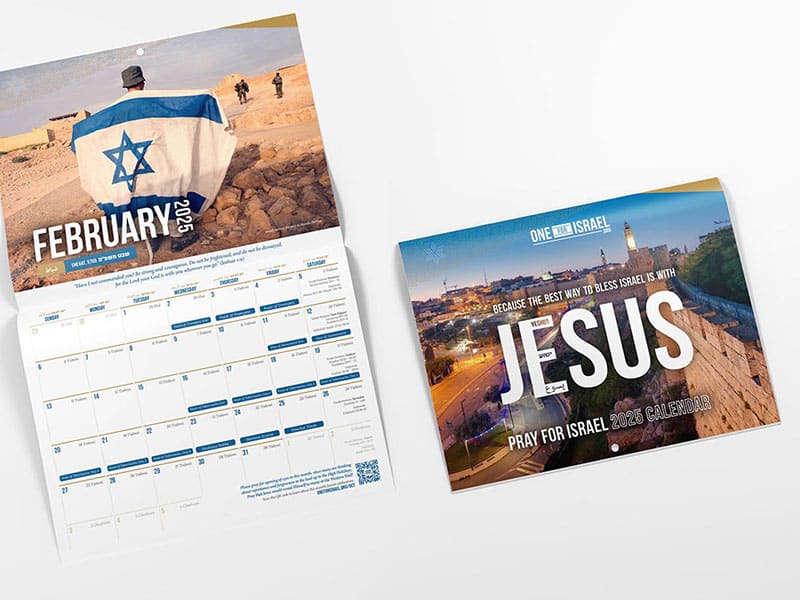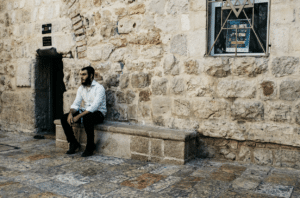I think we can all safely say there were no actual dragons involved, but what is the real story behind St George? Who was he and how did he become so famous?
The flag of St George, now the flag of England, is enthusiastically flown by English football fans but George was actually from Lod, right next to Israel’s main airport. He never stepped foot in England. His father was Greek and his mother came from Lod, or Lydda, in what was then Palestine.1 He was born in Turkey, but lived and died in third century Palestine, and was buried in Lod after his death on 23rd April 303 AD. His home town is mentioned several times in the Bible2 and it was in Lod that Peter healed the paralytic in Acts 9.
So it’s somewhat hilarious, given the fact he was born in Turkey, his father was Greek, his mother was Palestinian, and that his body is buried in Israel today, that he and his flag have come to represent white nationalism.
The notoriously woke Magdalen College at the University of Oxford cancelled its annual St George’s Day celebration to celebrate Eid instead, at the end of Ramadan. St George’s red and white flag has become an emblem of British xenophobes, but like the rainbow, it has come to represent something almost opposite to its origin. George himself was a multi-ethnic middle eastern man, and today he is the patron saint not only of England but also of Portugal, Ethiopia, Catalonia, Bulgaria, Georgia, Romania, Lithuania, Germany, Greece, Moscow, and many more. Still, all of this ethnic diversity counts for nothing if he was not of significance in God’s eyes, but he really was. His story is worth knowing.
When the saints go marching in
St George is embedded in the history of the Holy Land, and Palestinian Christians in particular have great appreciation for his story and legacy. There are many churches, schools and institutions in Israel named after the saint, and countless men throughout the Middle East and all over South America are named after him in one variation or another. But what is he famous for? And what was the business with the dragon all about?
The fanciful dragon story was fabricated some time around the twelfth century, hundreds of years after our very real saint had died. However, what is true is that he battled valiantly against monstrous powers of evil, and died a heroic martyr’s death in the fight.
He served in the Roman army, and as a high-ranking officer he saw the terrible persecution of the early Christians in the late 200s. He took a brave stand against Rome on the matter and protested against the torture of Christians. Eventually, the Roman Emperor Diocletian ordered his death after he refused to deny his faith in Jesus. He refused to make a sacrifice in honor of the pagan gods. There were no dragons involved, as you can see, but he stood up to the specters of Roman brutality and the persecution of God’s people. We can respect him not for slaying mythical creatures, but for resisting Rome; for his godly courage and character in fighting an evil regime.
Slaying dragons
News of St George and his heroism spread across Europe, and the day of his martyrdom, 23rd April, has been celebrated in England from the 9th century onwards.3 So much so, in fact, that the St George emblem of a red cross on a white background was eventually adopted as the English flag, and became the basis for the Union Jack flag for Great Britain. He became a byword for valor and virtue. However, it was during the Middle Ages that he really went interstellar. His story got embellished, his name became legendary, and he was a source of inspiration for many fighting in the Crusades. This is, perhaps, how the link was made between that cross and racial hatred. As gruesome as the Crusades undoubtedly were, the fact of the matter is that they were precipitated by Muslim persecution of Christians, reminiscent of the atrocities of Rome. It was those being raped, enslaved and beheaded throughout Europe during the Muslim conquests4 that caused Byzantine emperor Alexios I Komnenos, to write to pope Urban II in 1095 calling for rescue, much as George had come to the aid of the persecuted Christians of his time. The Crusaders answered that call and the spread of Islam throughout Europe was thwarted, but there’s no denying countless atrocities were carried out along the way to both Muslims and Jews, and all in the name of Jesus.5 The Roman Empire had fallen and given way to the Byzantine Empire, but now Islam was conquering nations in every direction, and with great violence. Here was the cry for help:
“Your brethren who live in the east are in urgent need of your help, and you must hasten to give them the aid which has often been promised them. For, as the most of you have heard, the Turks and Arabs have attacked them and have conquered the territory of Romania [the Greek empire] as far west as the shore of the Mediterranean and the Hellespont, which is called the Arm of St. George. They have occupied more and more of the lands of those Christians, and have overcome them in seven battles. They have killed and captured many, and have destroyed the churches and devastated the empire. If you permit them to continue thus for awhile with impurity, the faithful of God will be much more widely attacked by them.”6
The word “crusdade” is heavily loaded now, and causes a distinct knee-jerk negative reaction for good reason—especially here in Israel. Similarly, the flag bearing the cross of St George triggers many in England. But instead of looking for safe spaces to escape to, the best way to overcome our fears is to face them. Shying away from the figure of St George and refusing to learn about the Crusades doesn’t help us overcome racism or violence. Pretending evil doesn’t exist will never help us prevail over it. There’s much to learn from the courageous example of St George, and the convoluted journey his legend has been on since, if we wish to become dragon-slayers ourselves.
“Since it is so likely that [children] will meet cruel enemies, let them at least have heard of brave knights and heroic courage. Otherwise you are making their destiny not brighter but darker.”
– C.S. Lewis
- The name Palestine as connected to the area of Israel goes back hundreds of years before the Romans changed the name of the area from Judea to Palestine. In about 350 BC, Aristotle wrote: “Again if, as is fabled, there is a lake in Palestine, such that if you bind a man or beast and throw it in it floats and does not sink, this would bear out what we have said. They say that this lake is so bitter and salt that no fish live in it.” (Meteorology, Book II, Part 1) Herodotus also wrote of the area by the same name back in the fifth century BC : “…This part of Syria and all as far as Egypt is called Palestine.” (Book VII of The Histories, called Polymnia, 89). The name Palestine was used throughout much of history as we might say “The Levant”, or “The Mesopotamian Basin” – not referring to a defined nation state, but a general area.
- 1 Chronicles 8:12; Ezra 2:33; Nehemiah 7:37; 11:35
- According to English Heritage, it was George’s reputation for virtue and holiness that led to his veneration in England.
- There were 548 battles of jihad against Europe, over 200 just in Spain, and 9 major Crusades in response. See the infographic here, from the Center for the Study of Political Islam
- Like a lot of history, it’s more complicated than it seems at first glance. This can be seen well in the Crusader castle in Akko (Acre) which still stands today in the north of Israel, where the Knights of the Hospitaller set up their services. Hospitallers, also known as Knights of the Order of Saint John, were essentially warrior monks devoted to caring for the sick in the Holy Land—including, rather surprisingly, Jewish and Muslim people in the community who needed help. The fort was established for the aid and protection of the many pilgrims on their way to the holy sites, and the monks would always care for the poor and sick in the community, waiting till they had finished eating before they would eat. We often think of Crusaders as purely evil, and it’s true that there was brutality, torture and cruel murder in great measure during those dark years, but there were also those who felt they were doing God’s work. In their eyes they were liberating God’s holy land from Islamic rule, rescuing persecuted Christians, caring for the poor and sick, and pushing back against the Muslim conquests that were engulfing Europe.
- Bongars, Gesta Dei per Francos, 1, pp. 382 f., trans in Oliver J. Thatcher, and Edgar Holmes McNeal, eds., A Source Book for Medieval History, (New York: Scribners, 1905), 513-17, as quoted on CBN.com















